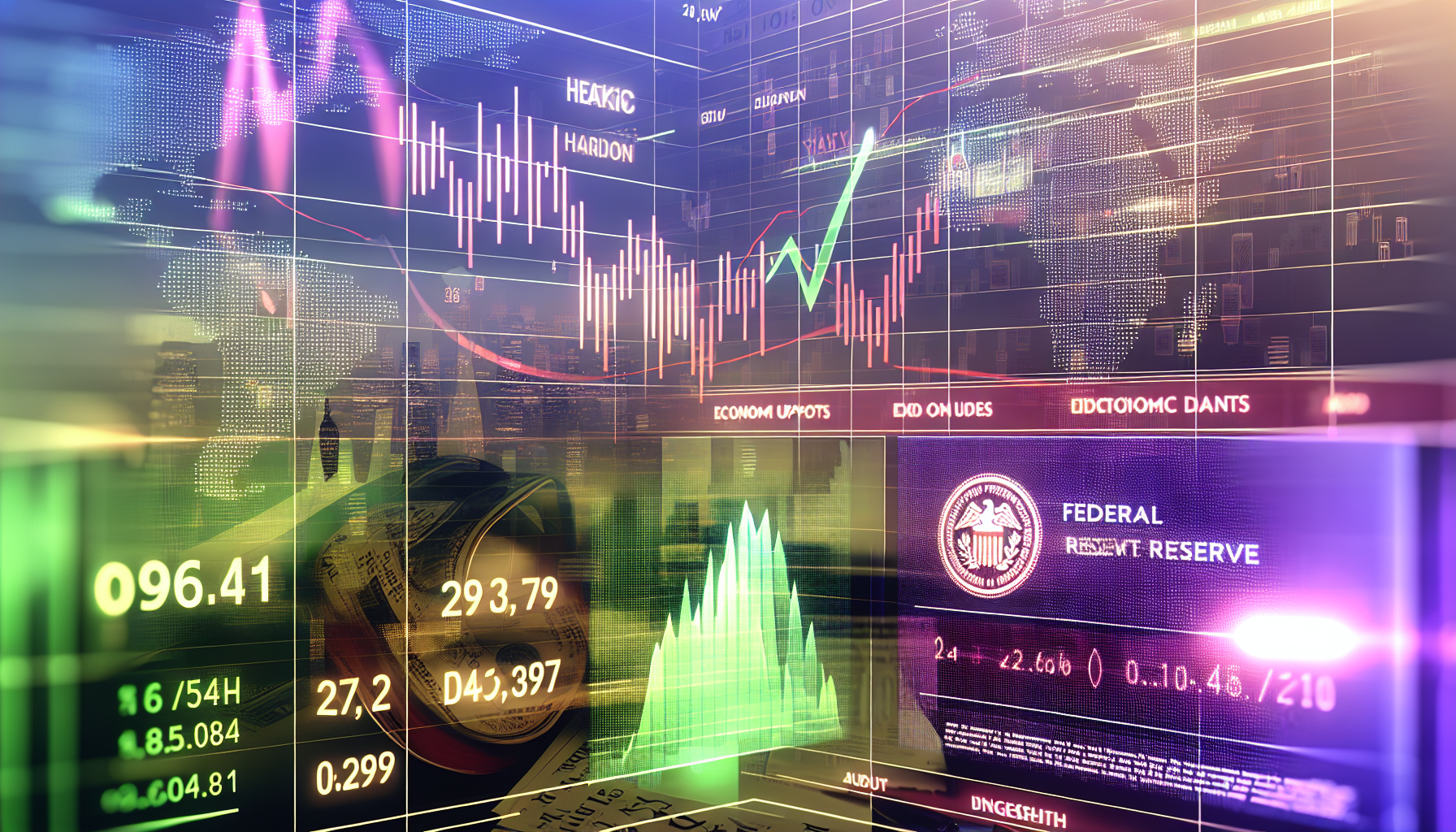
#StockMarket2024 #EconomicData #InvestorSentiment
Stock Market Analysis for December 20, 2024: A Day of Caution and Mixed Signals
As the stock market closed on December 20, 2024, the landscape was marked by a mix of caution and stability, reflecting the complex interplay of economic data, central bank sentiments, and investor emotions.
Market Benchmarks: A Flat Close
The major indexes ended the day with minimal movement, a testament to the cautious mood prevailing among investors. The Dow Jones Industrial Average ($DJI) rose by less than 0.1%, or 15.37 points, to close at 42,342.34. This modest gain was driven by 18 of the 30 components of the index ending in positive territory, while 12 closed in the red[1].
The tech-heavy Nasdaq Composite fell by 19.92 points, or 0.1%, to close at 19,372.77. The S&P 500 also experienced a slight decline, losing 5.08 points, or 0.1%, to close at 5,867.08. Eight of the 11 broad sectors of the S&P 500 closed in negative territory, with the Real Estate Select Sector SPDR ($XLRE), Materials Select Sector SPDR ($XLB), and Energy Select Sector SPDR ($XLE) declining by 1.7%, 1.1%, and 0.9%, respectively. However, the Utilities Select Sector SPDR ($XLU) managed to gain 0.5%[1].
Economic Data and Fed Insights
The market's muted response was largely influenced by the recent comments from Federal Reserve Chair Jerome Powell and the release of key economic data. Powell's remarks at the conclusion of the Federal Open Market Committee (FOMC) meeting highlighted the resilience of the U.S. economy and the diminishing downside risks in the labor market. He praised the economy, stating it has been "remarkable" and expressing optimism about its current state[1].
Supporting Powell's views, the Labor Department reported a decrease in initial jobless claims to 220,000 for the week ended December 14, down by 22,000 from the previous week. The four-week moving average of jobless claims rose slightly to 225,500, but continuing claims decreased by 5,000 to 1,874,000 for the week ended December 7[1].
Additionally, the third estimate for the third-quarter real gross domestic product (GDP) showed an annual growth rate of 3.1%, exceeding the consensus forecast of 2.9%. This growth was driven by robust consumer spending, further aligning with Powell's positive outlook on the economy[1].
Investor Sentiment and Market Volatility
The Fear & Greed Index, a tool developed by CNN Business to gauge investor sentiment, provides valuable insights into the emotional state of the market. This index calculates a score ranging from 0 (Extreme Fear) to 100 (Extreme Greed) based on seven market indicators, including stock price momentum, stock price strength, stock price breadth, put and call options, junk bond demand, market volatility, and safe-haven demand[3][5].
On December 20, the market volatility, as measured by the CBOE Volatility Index (VIX), decreased by 12.8% to 24.09. This decline suggests a slight easing of investor anxiety, although the overall sentiment remained cautious. The VIX, often referred to as the "fear gauge," is a critical indicator of market volatility and investor fear[1].
Sector Performance and Notable Stocks
The sector performance was mixed, with real estate, materials, and energy sectors experiencing significant declines. In contrast, the utilities sector saw a modest gain. Among individual stocks, Chevron Corporation ($CVX) and CBRE Group, Inc. ($CBRE) fell by 2% and 2.5%, respectively. Despite these declines, CBRE maintains a Zacks Rank #2 (Buy)[1].
On the other hand, some stocks have been standout performers in 2024. Nvidia ($NVDA), for instance, has seen a remarkable 179.2% increase, making it one of the best-performing stocks in the S&P 500. Other top performers include Vistra ($VST) with a 315.0% gain, Palantir Technologies ($PLTR) with a 290.7% increase, and Texas Pacific Land ($TPL) with a 205.3% rise[2].
Market Volume and Trading Activity
The trading volume on December 20 was higher than the 20-session average, with a total of 16.3 billion shares traded. This increased activity reflects the ongoing scrutiny of economic data and central bank policies. Decliners outnumbered advancers by a 2.18-to-1 ratio on the NYSE, while on the Nasdaq Composite, declining issues had a 1.30-to-1 advantage[1].
Conclusion: Navigating the Complex Market Landscape
As we close out the trading day on December 20, 2024, it is clear that investors are navigating a complex landscape of economic data, central bank signals, and market sentiment. The flat close of the major indexes underscores the cautious approach many investors are taking, weighing the positive economic indicators against the potential risks and uncertainties.
The Fear & Greed Index, while not a definitive predictor, serves as a valuable tool in understanding the emotional underpinnings of the market. As investors look ahead to 2025, they will continue to monitor economic data, Fed policies, and sector performances to make informed decisions.
In this dynamic and often unpredictable environment, staying informed and adaptable is crucial. Whether you are a long-term investor or a short-term trader, the key to success lies in a deep understanding of the market's intricacies and the ability to respond to changing conditions with clarity and confidence.









Leave a Reply